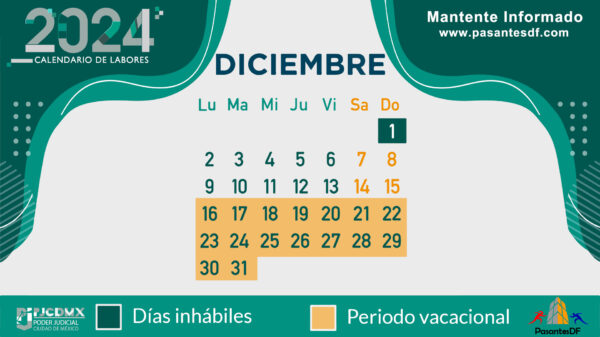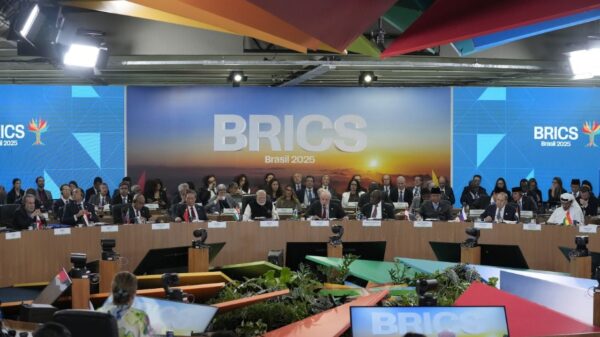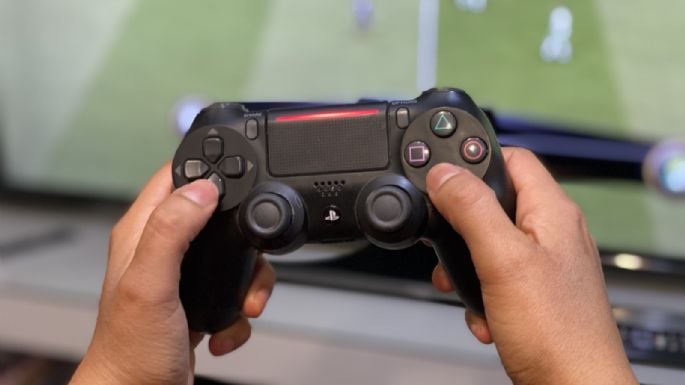Contenido
Videojuegos
Un exhaustivo estudio revela que los videojuegos mejoran el bienestar mental
Los hallazgos de los científicos cuestionan el estereotipo de que los juegos son universalmente nocivos para los niños.
MADRID (EUROPA PRESS).- La investigación más exhaustiva hasta la fecha sobre la relación entre los videojuegos y el bienestar mental, realizada por expertos japoneses, desafía las percepciones negativas y ha revelado sus beneficios psicológicos para sus usuarios habituales, según publican en la revista 'Nature Human Behavior'.
El estudio, realizado por investigadores de la Universidad de Osaka, la Facultad de Medicina de la Universidad de Hamamatsu, la Universidad de Economía de la Ciudad de Takasaki, el Instituto Nacional de Posgrado de Estudios Políticos y la Universidad de Nihon (Japón), concluye que existe un vínculo causal entre los juegos y la mejora de la salud mental.
No obstante, encontraron que las diferentes consolas tuvieron diferentes impactos. Así, el estudio concluye que, si bien la PlayStation 5 ofrecía beneficios psicológicos relativamente menores para los niños, la Nintendo Switch ofrecía beneficios psicológicos mayores.
Estos hallazgos cuestionan el estereotipo de que los juegos son universalmente nocivos para los niños y enfatizan la importancia de considerar la naturaleza multifacética de los juegos, incluidas las plataformas, los géneros y los estilos de juego, en la investigación y la formulación de políticas.
"Nuestros hallazgos desafían los estereotipos comunes sobre que los videojuegos son perjudiciales o simplemente brindan una euforia temporal", dice el autor principal Hiroyuki Egami, profesor adjunto en la Universidad de Nihon. "Hemos demostrado que los videojuegos pueden mejorar la salud mental y la satisfacción vital en un amplio espectro de personas".
"Muchos estudios anteriores sacaron conclusiones a partir de análisis correlacionales con datos observacionales, que no pueden distinguir entre causa y efecto. Nuestro diseño experimental natural nos permite decir con seguridad que los juegos realmente conducen a un mejor bienestar, en lugar de estar simplemente asociados a él", añade.
Si bien los datos de este estudio se recopilaron durante el periodo de covid-19, los autores señalan la importancia de realizar investigaciones futuras para verificar estos resultados en diferentes contextos. No obstante, la sólida metodología del estudio proporciona evidencia convincente de la relación causal entre los videojuegos y la mejora del bienestar mental.
Esta pionera investigación aporta pruebas fundamentales para que los responsables de las políticas y las organizaciones internacionales como la OMS y la UNICEF elaboren enfoques más matizados sobre el consumo de medios digitales. También allana el camino para futuras investigaciones sobre experiencias de juego personalizadas que podrían mejorar el bienestar, señalan los investigadores.
El artículo puede consultarse en el siguiente enlace de Nature Human Behavior.
Comentarios
Otras Noticias
Cortesía de Proceso.

Dejanos un comentario:





















































